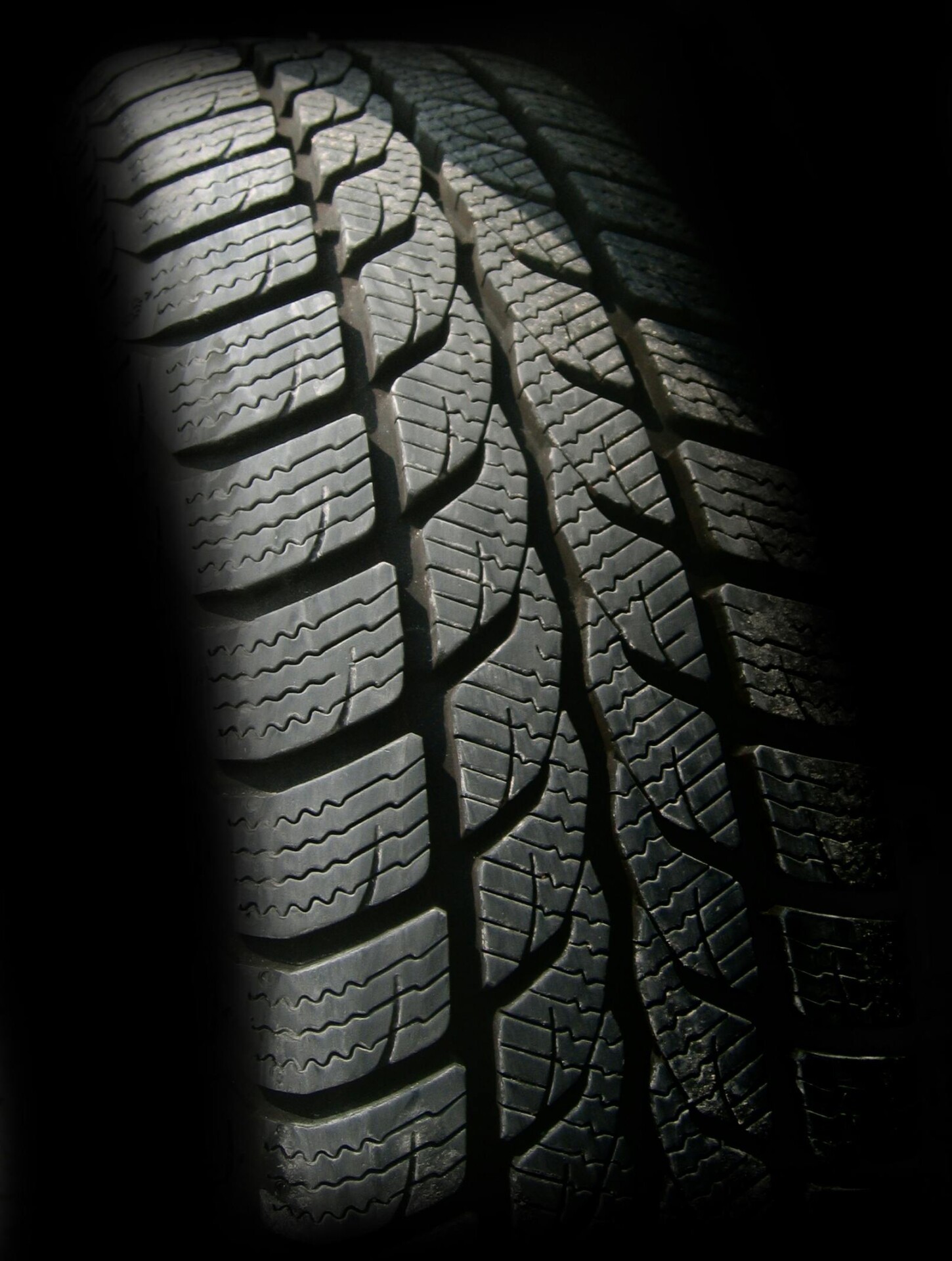
Deciphering tire types ensures that you make the best choice for your driving conditions. Summer tires excel in hot weather, offering superior traction and reducing the risk of aquaplaning. Winter tiresWith deeper grooves and softer rubber, they provide critical safety on icy roads. All-season tires offer a balanced performance for mild climates, adapting to various temperatures, but not to extremes. Regular tire maintenanceThe difference between the two, such as checking pressure and wear, keeps your vehicle safe and efficient. Understanding these differences helps maximize your car's performance and safety, making informed decisions much easier. For even more information on choosing the right tires, keep exploring.
Contents
Summer tires are designed to offer maximum performance at high temperatures, providing excellent grip and handling even when the thermometer rises to 40°C.
The advanced technology behind the summer tires includes rigid compounds that guarantee optimum traction, particularly during sharp turns.
Performance metrics indicate that these tires maintain good grip even when temperatures drop to 5-7°C.
Their shallower tread patterns are optimized for wet conditions, efficiently channeling water to minimize hydroplaning.
Designed specifically for dry, hot asphalt, the summer tires also improve fuel efficiency by reducing rolling resistance.
Designed for optimum performance in icy conditions, the winter tires are essential for maintaining safety and traction in colder regions.
You'll notice their deeper tread patterns and an increase in grooves, which improve the traction performance on snow and ice. The softer rubber compounds used in winter tires remain flexible at low temperatures, markedly improving grip.
This flexibility reduces stopping distancesThis is a critical factor in winter driving safety. Winter tires are recommended when temperatures consistently fall below 7°C, as their specialized design ensures maximum traction and control.
Combining the best features of both summer and winter tires, all-season tires offer versatile performance for drivers in mild climates with moderate winters.
These tires adapt to changes in temperature, providing climate adaptability by remaining flexible in both hot and cold weather. The composition of the rubber balances durability and flexibility, guaranteeing a reliable grip all year round.
With grooves built into the tread, these tires improve traction on wet roads and in light snow, increasing safety.
However, they are not designed for extreme temperatures above 30°C or below -10°C.
If you try moderate seasonal changesThe all-season tires offer all-season performance, making them a practical choice for diverse driving conditions without the need to change tires seasonally.
Regular maintenance of tires is vital to ensure optimum performance and safety on the road.
Start by checking the tire pressure monthly; underinflated tires can lead to poor handling and increased fuel consumption. Use a reliable pressure gauge to confirm that the pressure is in line with your vehicle's specifications.
Then make a floor inspection. Adequate tread depth prevents hydroplaning and improves traction. Use a tread depth gauge or the coin test to confirm that you are within safe limits.
What's more, rotate your tires every 8,000 to 13,000 kilometers to promote even wear. Proper alignment and balancing are equally important to avoid uneven tread wear and vibrations.
Replace your tires when floor depth falling below 2/32 of an inch is vital to maintaining maximum safety and performance on the road.
Regularly inspect your tires for signs of tread wear and aging tires. Over time, factors such as exposure to UV rays and temperature extremes can degrade rubber compounds, even if the tread depth seems adequate.
Generally, it is recommended replacing tires every 6-10 years, regardless of visible wear. Frequent driving in adverse conditions may require earlier replacements.
Always consider your driving environment and consult a professional to make sure you're choosing the right tires for your needs.
Keeping an eye on the tread depth and the age of the tires can help maintain the road safety first and foremost.
Yes, the type of tire has an impact on fuel efficiency. Summer tires, with a shallower groove, reduce rolling resistance and fuel consumption. Winter tires have a deeper groove, increasing rolling resistance and fuel use. Proper tire maintenance also considerably affects fuel efficiency.
To choose the right tire for your vehicle, consider your climate, driving conditions and tire maintenance habits. Check wear patterns for optimum performance and ensure proper maintenance to extend service life and increase safety on various types of terrain.
You should know that tire production impacts the environment through resource extraction and emissions. Recycling processes vary depending on the type of tire, with winter tires and all-season tires often presenting greater challenges due to their complex compounds and additional materials.
As you maneuver through the tire jungle, you'll find Michelin, Goodyear and Bridgestone standing out with top brand comparisons. Their all-season tires shine with high performance ratings, guaranteeing reliability and safety in a variety of weather conditions.
Tire size significantly affects vehicle performance. Larger tires can improve grip and maneuverability, but can affect tire pressure and wear. Smaller tires offer better fuel efficiency. Wear patterns also play an essential role in traction and stability.
Imagine your tires as the shoes on your vehicle-each designed for a specific season. Just as you wouldn't wear slippers in the snow, you shouldn't wear summer tires in winter.
With the excellent heat performance of summer tires, the icy grip of the winter tires and the versatility of all-season tiresyou have the perfect shoe for every road. Equip your vehicle thoughtfully, ensuring safety and maximum performance all year round.
Remember, the right choice of tires is as essential as the right shoes for each journey.